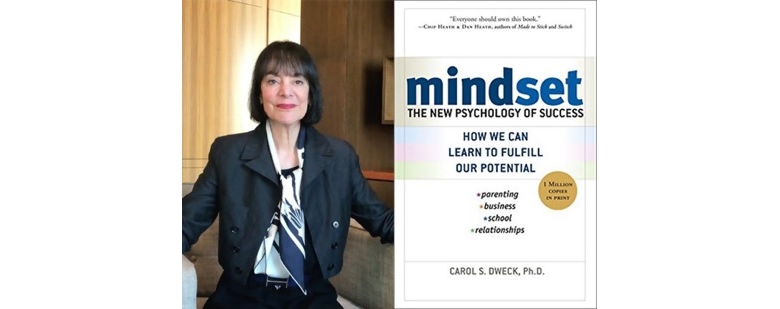
If you do not change direction, you may end up where you are heading. – Lao Tzu
In 1829, Martin Van Buren, then Governor of New York, wrote the following to the President:
The canal system of this country is being threatened by the spread of a new form of transportation known as ‘railroads.’ The federal government must preserve our canals for these reasons: If canal boats are supplanted by railroads, serious unemployment will result. Captains, cooks, drivers, hostlers, repairmen, and lock tenders will be left without any means of livelihood.
Canal boats are essential to our defense. In the event of trouble with England, the Erie Canal could be the only means by which we could move supplies. The Almighty certainly never intended that people should travel through the countryside at the breakneck speed of 15 miles per hour.
This letter is a bit humorous now in the context of how far we have progressed with the railroads in the modern era. But the letter reflects the predominant thinking of the day as it relates to transportation.
As leaders, how we perceive change and what measures we are willing to embrace will in many respects determine the type of future we can expect. If you are stuck in your thinking and see change as a threat to your current existence, you will eventually be left behind. Click To Tweet
So what is a leader to do? Here are a few tips on how to make course corrections that will be necessary in your leadership.
Course corrections are just that – corrections
It’s important to know that course corrections in your leadership are just that – corrections. It’s not that the way you are doing now is necessarily wrong, but it can be improved upon. Obviously, the railroad turned out to be a significantly better means of transportation than canals.
When you are open to corrections and ways of improving your operations, it’s good to see it as a way to make you more efficient and productive and not as a threat to the outdated way of doing things.
Course corrections move you out of your comfort zones
If the mindset of Van Buren had prevailed, it would have set back a more efficient way of operating on the canals. And while the change over to the railroads was inevitable, many still embraced a canal boat mindset.
Think about your own leadership for just a moment. In what areas do you find yourself resisting changes that could actually make you a better leader? Perhaps you’ve held on to the canal boat mentality for a bit too long and it’s trapped you in a comfort zone that is no longer serving you well.
Course corrections position you for greater possibilities
Proper course corrections can position you for greater possibilities when you see them not as a threat but as a benefit. Canal boats did the job, just slower than the railroad. And while Van Buren mistakenly believed at the time that the breakneck speed of 15 miles per hour was way too fast, consider the cost of slower and inefficient work it would create.
When you embrace course corrections, it’s not about disrespecting what brought you to where you are, it is about embracing a new future that builds upon it.
Final Thoughts
In leadership, you will often be faced with the necessity of course corrections. When you are, embrace the possibilities before you. Victor Hugo said, “Change your opinions, keep to your principles; change your leaves, keep intact your roots.” And this is your challenge as a leader.
What course corrections are you making?
©2023 Doug Dickerson
Click here to check out my YouTube channel. Be sure to hit the subscribe button!
A recent video post to my channel.










